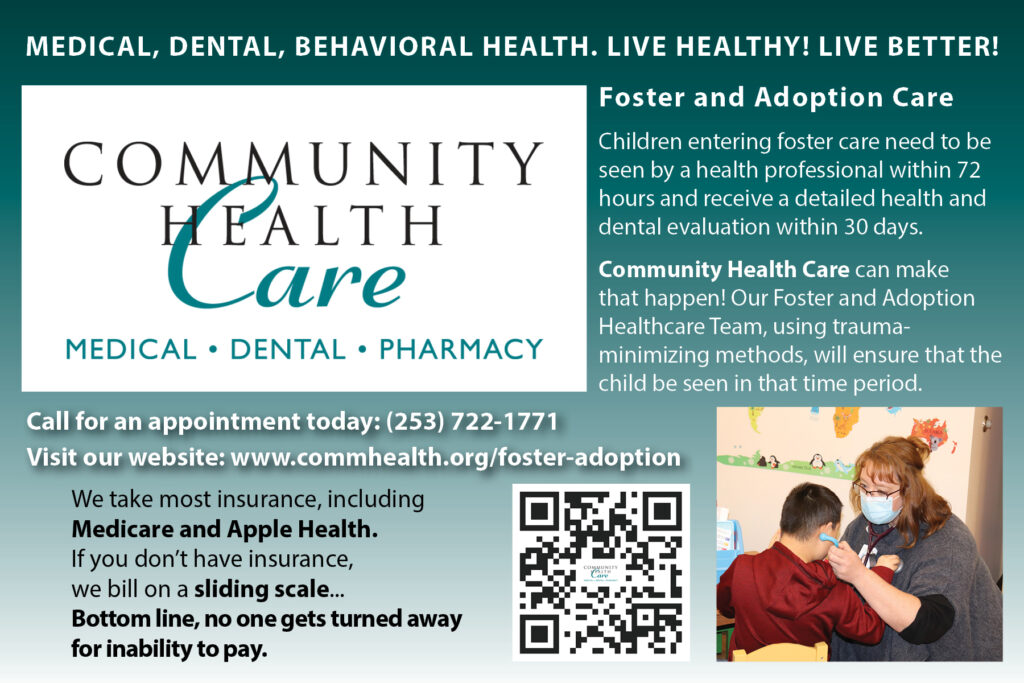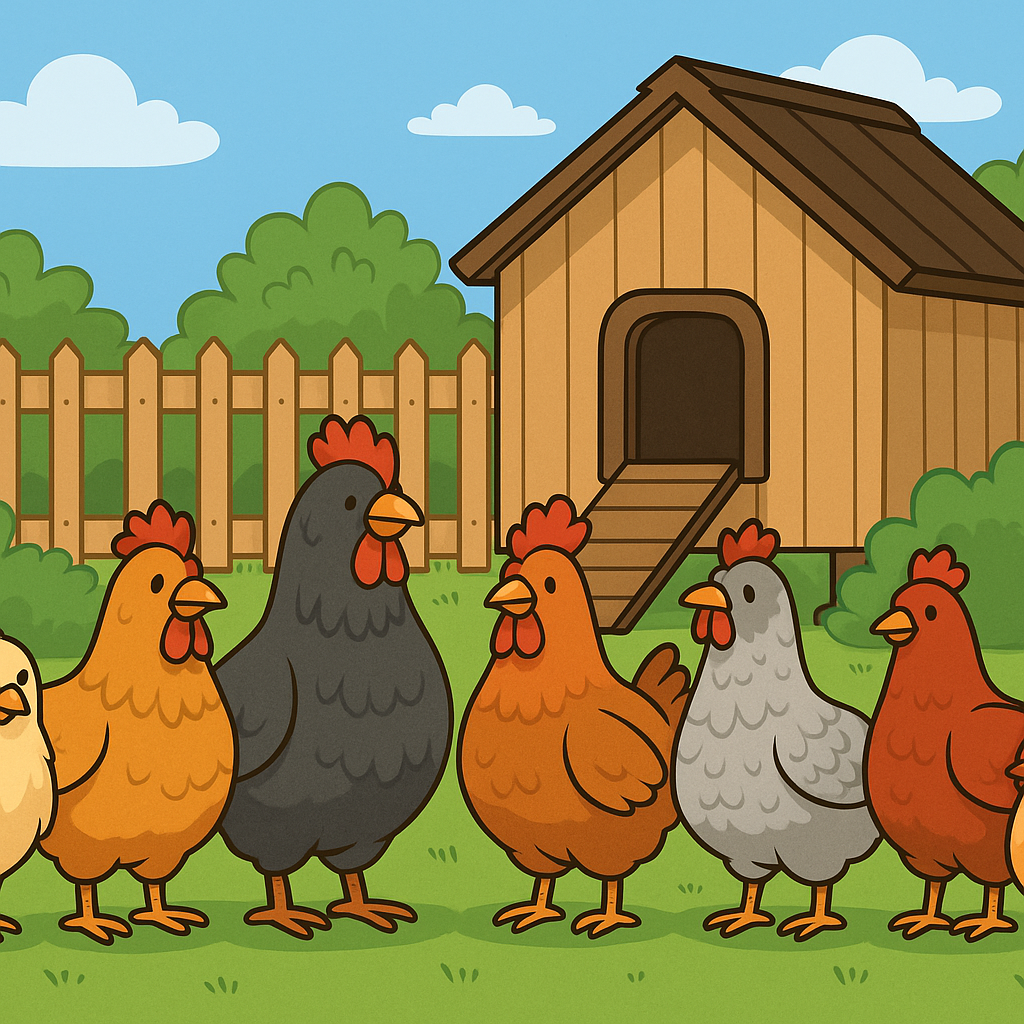BY AARDE WRITES for WEEKLY VOLCANO 7/11/25 |
Hey Aarde,
I want to get chickens, but the conflicting amount of information has me frozen in my decision. I’ve read that it can be really time-consuming, but also that they are easy to care for. I am a renter, so I can’t make any major changes to the property. How do I know what chickens to get, where to get them, how to prepare for them, how to care for them, and what to do if I get a rooster? I’d appreciate any feedback to help me feel more confident going into this. Thanks!
Signed,
Hesitant Henkeeper
Hey Hesitant Henkeeper,
Lucky for you, I am just beginning my chicken-keeping journey, so I have a wealth of information to offer on this topic! Because they are living creatures who depend on us for care, the situation becomes more complex; however, the rewards for being a diligent caretaker are worth every ounce of energy!
First things first, ensure that your landlord is willing to accommodate your new hobby. If they require an addendum to your lease, read through the small print to make sure the agreement works for you.
Next, you’ll want to check the chicken ordinances for your property; not only do the laws tell you how many chickens you can keep, but they also apply to coop requirements depending on the lot size and different areas (rural and urban) within the county. I found it helpful to Google and review Pierce County Code 18A.37.050, which contains clear boilerplate language outlining what is allowed for differing lot sizes, areas, animals, and management practices.
In Tacoma’s urban settings, residents are allowed to have up to six chickens per parcel; however, there is an exception that permits up to ten birds if all neighbors within a fifty-foot radius provide written approval. Apparently, this also applies to pigeons (should someone want to have a pigeon farm), but the total number of birds cannot exceed six (or ten). Roosters, male turkeys, and male peacocks are all prohibited in urban settings, even for a “visit.”
You can purchase baby chicks or fertilized eggs through online hatcheries or local farms. You called it, though—the risk of hatching eggs is that you could end up with a rooster. I decided to avoid that issue on my first run and purchased already-hatched, sexed chicks from a family feed store in Silverdale. They have a 98 percent sex ratio, so I felt confident that I wouldn’t end up with a rooster. If, by that 2 percent chance, I ended up with a cockerel, I would need to work with the feed store, local farms, or “chicken people” to rehome it.
I was also overwhelmed by conflicting information and found that joining some local Facebook poultry groups was the most helpful. Not only did I see many people rehoming roosters there, but I also received more accurate care instructions tailored to our local seasonal weather. For instance, my chickens are only two weeks old and are still inside in a brooder box with a heat lamp (or a brooder heat plate, if you’re fancy), and I wanted to know when they could go outside for short periods before moving outside full-time.
The general information online incorporated many temperaments across the country, so reaching out to the local groups offered much more accurate directions. Now I feel confident taking my chicks outside at the hottest point of the day for a half hour so that they can enjoy the grass and sunlight (it also allows me more time to spend handling them and imprinting that I am their mama now). Keep in mind that if they are quiet and huddled together, they are cold and need to return to their heated brooder quickly. They cannot regulate their body temperature until they are fully feathered and have lost all of their baby down (usually between six and eight weeks).
For reference, I’m using an old dog kennel that my pup outgrew as a brooding box, lined with paper towels and a heat lamp. I have a water dispenser where I add electrolytes and probiotics, a food dispenser with starter feed (I chose medicated starter feed), and a heavy, shallow dish with some grit (they need it to digest their food). Any other concerns will be addressed as they arise. As with human babies, you can never be fully prepared, so simply being aware will be your first line of defense.
Since I have a few weeks until my chicks are ready to live outside permanently, I have time to reevaluate my setup. I bit the bullet and found a predator-proof coop online (Omlet Eglu) and feel pretty confident in nighttime safety. Their daytime run is more concerning; I have opted for a hybrid outdoor living space that keeps them contained but gives them room to roam, giving it a more natural feel. I am working on a budget and using a lot of salvaged materials, so the hybrid version works for me. I have buried and lined the fence with hardware cloth, topped with heavy landscaping rocks to deter digging predators, and hung poultry netting from the tree branches above to keep sky predators out. I’ve installed solar string lights and some enrichment toys, including a disco ball (for party time), a swing, and a mirror.
As for brooder boxes, coops, predator-proofing, feed, care, connecting, training, and other aspects, there are numerous ways to approach them. I spent about four hours a week over the past year watching YouTube videos, reading Reddit posts, following Facebook group threads, and browsing books on chicken keeping. One thing stood out to me: humans have been keeping chickens for centuries. It’s in our DNA to be chicken keepers—it’s built into us—so of course we can do it! Now, as with anything, you don’t know until you try. As long as you are thinking about it, asking questions, and making connections with others who have learned by trial and error, you will succeed. Bawk bawk!





